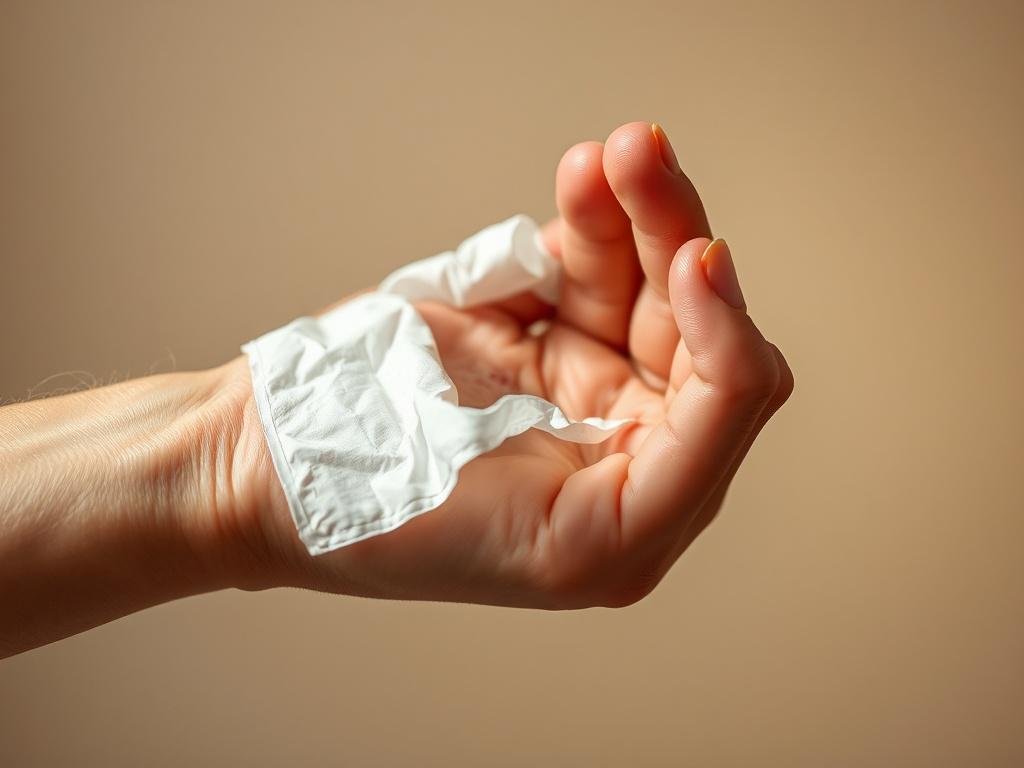
When it comes to wound care, consistency is key. Missing even one daily wound dressing can delay healing or lead to infection, turning a manageable injury into a serious health concern. Each day, wound dressings protect the site from harmful bacteria, promote moisture balance, and support the body’s natural healing process. Skipping a single day disrupts this delicate environment, allowing harmful pathogens to invade and slowing down tissue repair.
This blog will explore the hidden costs of skipping wound care, the infection risks involved, and practical steps you can take to ensure consistent, effective wound management.
Missing even one daily wound dressing can significantly disrupt the healing process. Wound dressings create a controlled environment that protects the wound from external contaminants and maintains optimal moisture levels necessary for tissue repair. When you skip a dressing change, this protective barrier breaks down, allowing dirt, bacteria, and debris to enter the wound site. This exposure can lead to inflammation and irritation, which slows down the body's ability to generate new, healthy cells. As a result, the wound stays open longer, increasing discomfort and prolonging recovery time.
Additionally, the absence of a fresh dressing interrupts the balance of moisture at the wound site. Proper moisture levels are crucial because they promote cell migration and prevent the wound from drying out or becoming overly saturated. Missing a dressing change can cause the wound to become too dry, leading to the formation of scabs that delay healing, or too moist, creating an environment where bacteria thrive.
Skipping wound care even once allows bacteria and other harmful microorganisms to multiply on and around the wound site. When you miss a daily dressing change, moisture and debris can build up, creating an ideal environment for infection to develop. This not only prolongs the healing process but can also lead to serious complications such as cellulitis, abscess formation, or systemic infection. Regular wound care breaks the cycle of contamination and promotes a cleaner, healthier environment for new tissue to form.
In addition, failing to change dressings consistently can mask early signs of infection, making it harder to detect and treat promptly. A dirty or saturated dressing can conceal symptoms like increased redness, swelling, or unusual discharge, allowing the infection to progress unchecked. By maintaining a strict wound care routine, you reduce the risk of bacterial invasion, minimize inflammation, and support the body’s natural immune defenses.
To ensure consistent wound dressing care, establish a daily routine that incorporates wound management into your schedule. Set reminders on your phone or use a checklist to track each dressing change, making it harder to forget or skip a day. Keep all your wound care supplies organized in one accessible location so you can quickly and easily complete the dressing change without unnecessary delays. Additionally, educate yourself on the proper technique for cleaning and dressing your wound to minimize mistakes that could lead to complications.
Regularly monitoring your wound’s progress also plays a critical role in preventing delays in healing. Take note of any changes, such as increased redness, swelling, or discharge, and act quickly by consulting a healthcare professional if you notice signs of infection. Maintaining communication with your doctor or wound care specialist ensures you receive guidance tailored to your condition, further reducing risks.
Ready to experience care that meets you where you are—literally and emotionally? Reach out to the team at SknFx.